The first chance to sample the new technology Honda has developed for its 0 Series models not in the bold body of the Saloon concept but in a 2024 Accord saloon, which alongside a converted CR-V is one of two prototype mules the firm has shown in public.
Because this was a test hack, we couldn’t experience many of Honda’s claims about the new platform and chassis technology, such as experiencing the flexing chassis, the packaging benefits or the weight reduction push. But it was a chance to sample the new powertrain some two years before the production version of the 0 Series Saloon is due to go on sale.
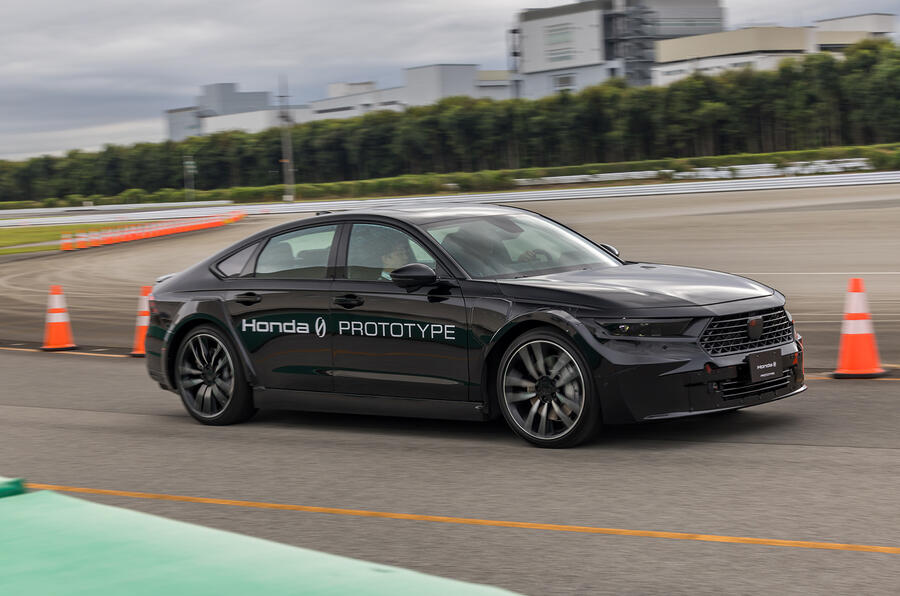
Our brief run came with a few laps of a short course laid out on the test track at Honda’s R&D base in Tochigi, Japan, with the route featuring a reasonably long straight, a tight chicane and a short, winding hill section.
While it wasn’t long enough to gain true driving impressions, what the outing did suggest is how well refined the new powertrain is at this stage in the development cycle. The engineer accompanying us indicated that this was the most powerful dual-motor system, and it certainly felt well-sorted, with predictably good levels of response, as you’d expect from an electric car.
It was quick and quiet to accelerate on the straight, and there was always torque instantly available coming out of corners. Notably, we could feel the regen kick in when we lifted off, and if we further applied the brakes, the two systems felt well-integrated, which isn’t always the case with EVs.
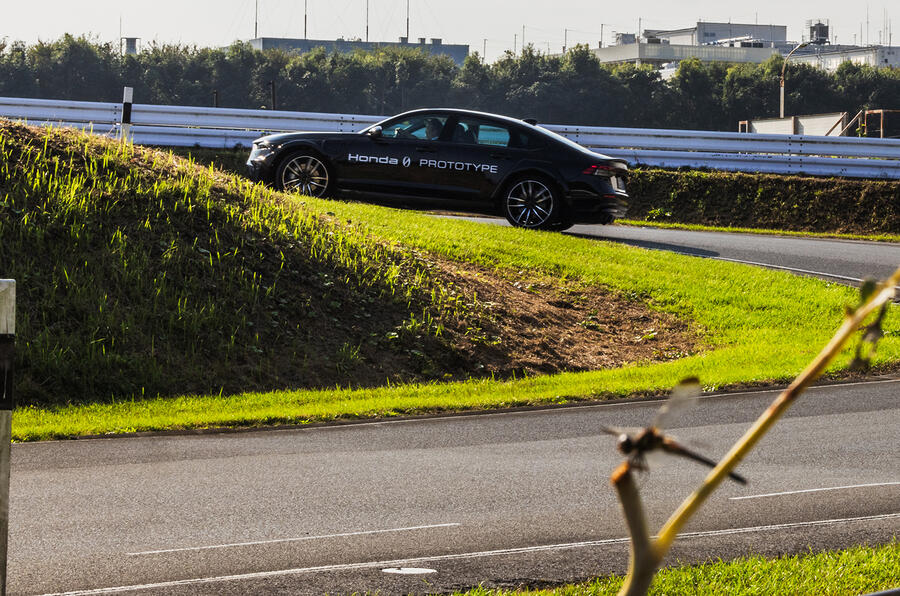

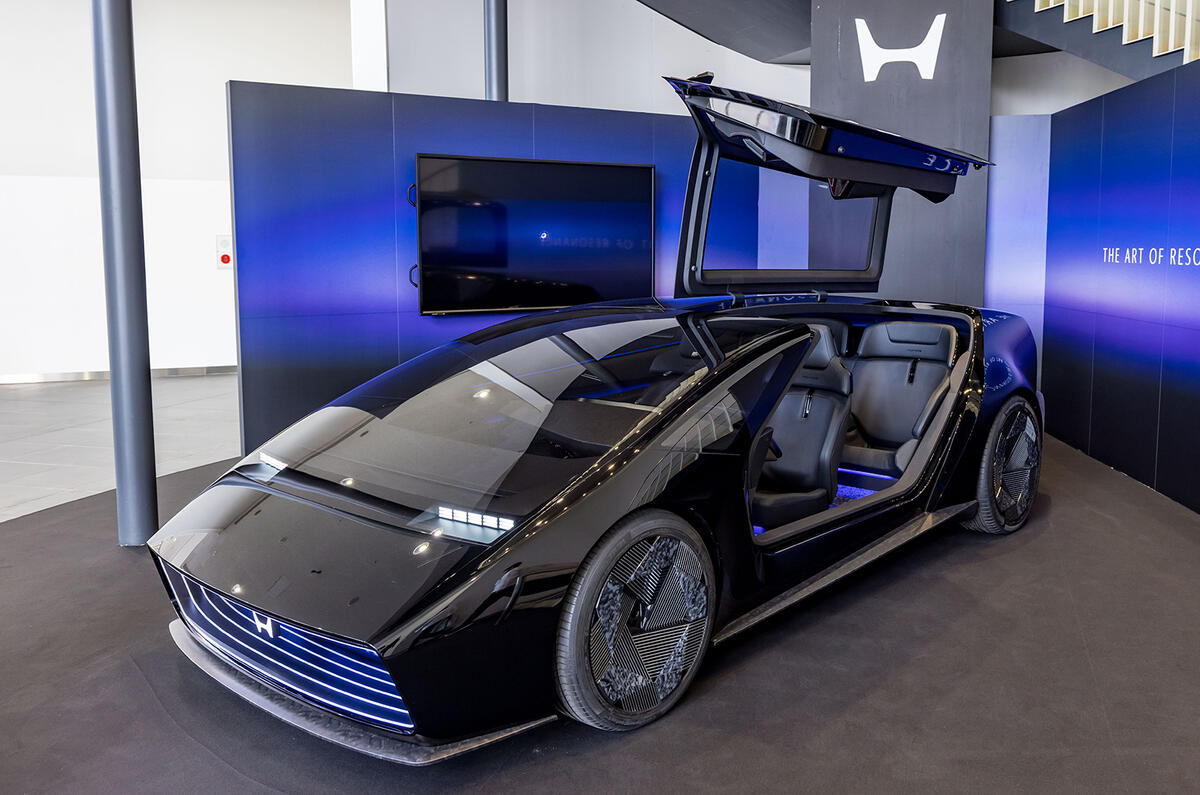
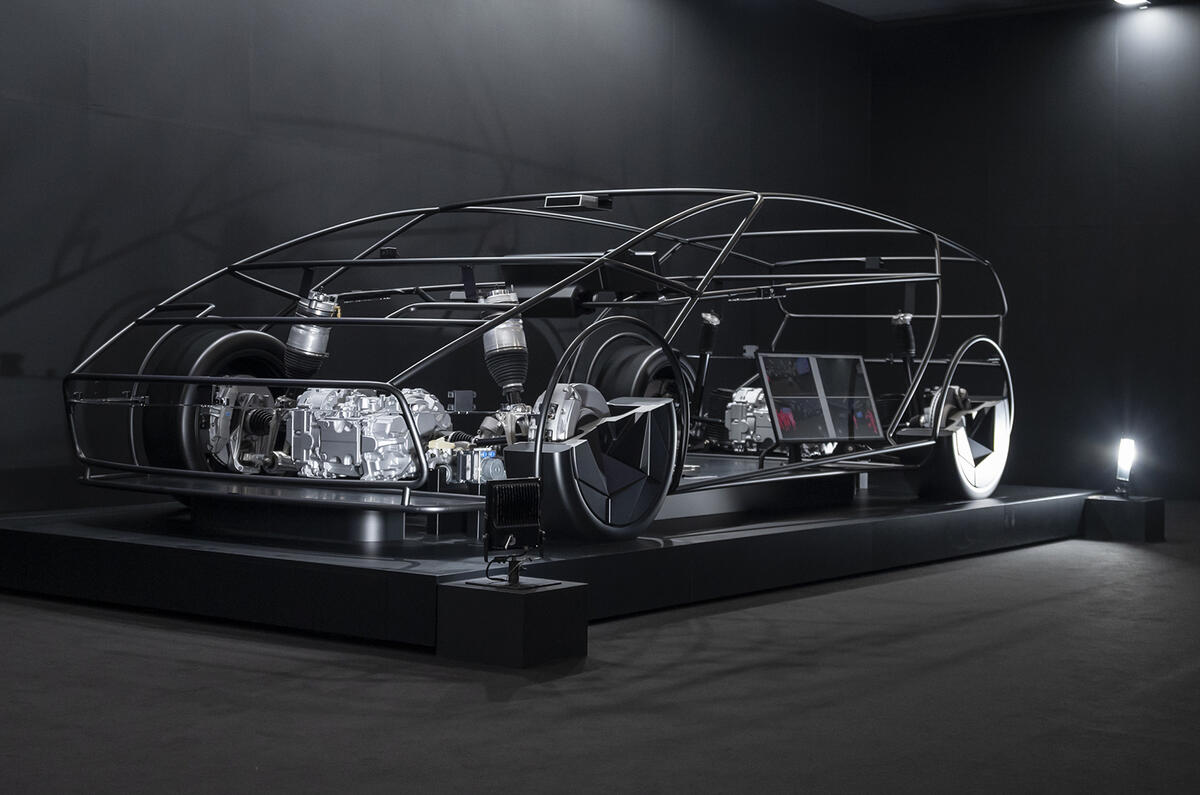

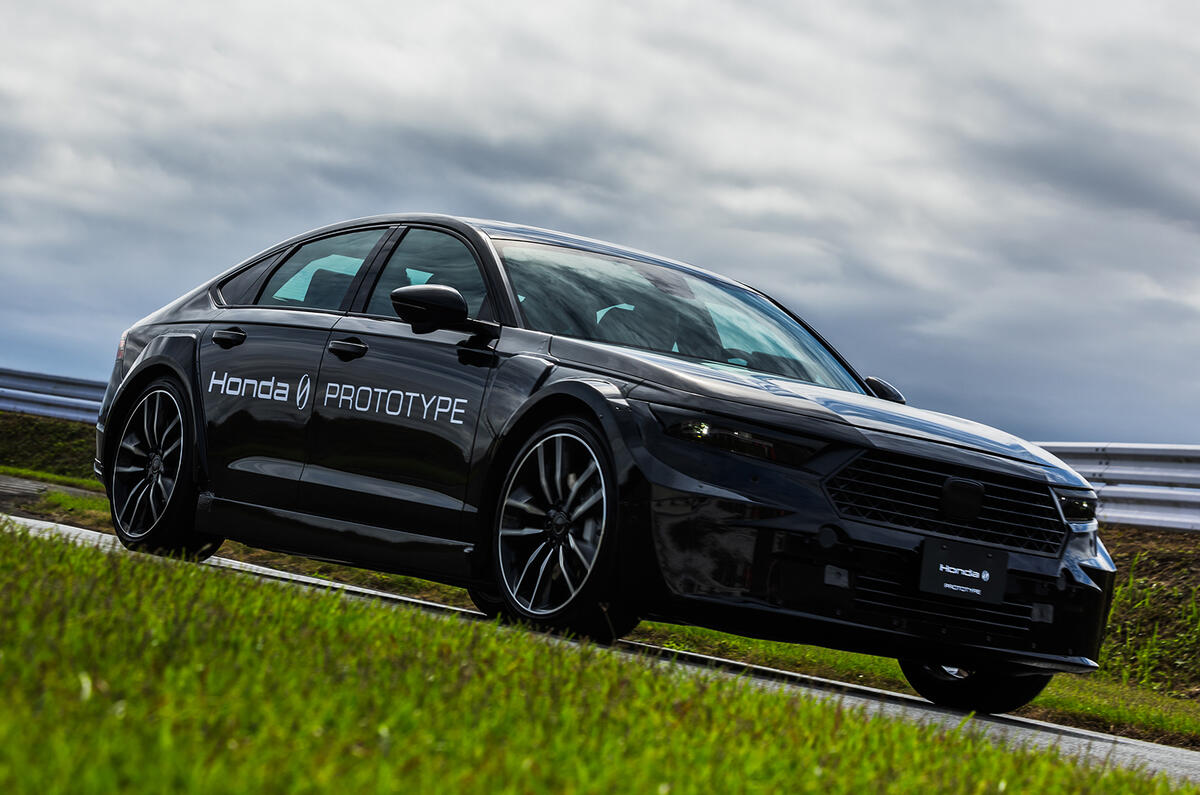









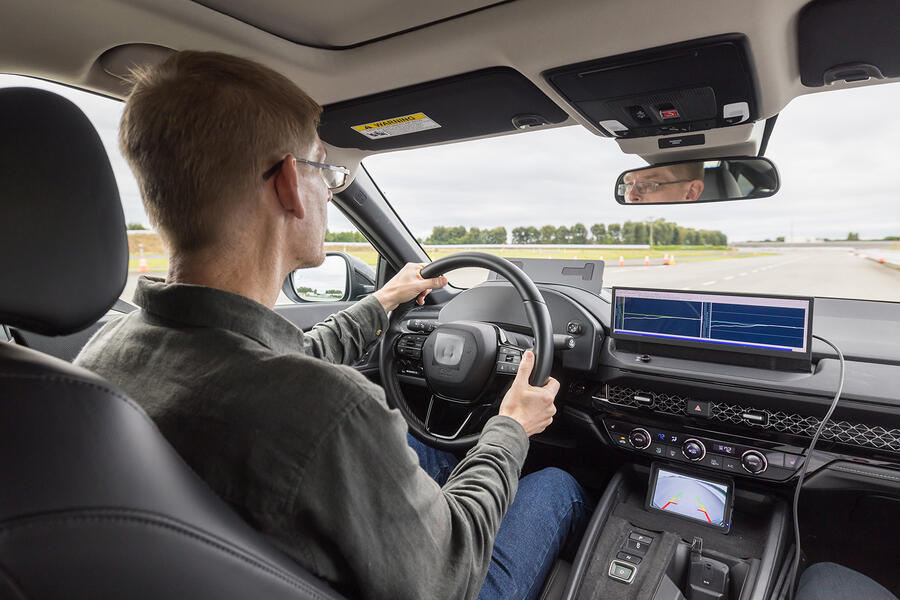






Join the debate
Add your comment
Also, it's really nice that they managed to make the battery packs lower... But they're still planning for 4 SUVs, so...
I'm pleased that Honda are referencing their Austin Rover heritage by naming their new revolutionary electric car after the equally revoluntionary 'O series' engine of Ital and Ambassador fame!